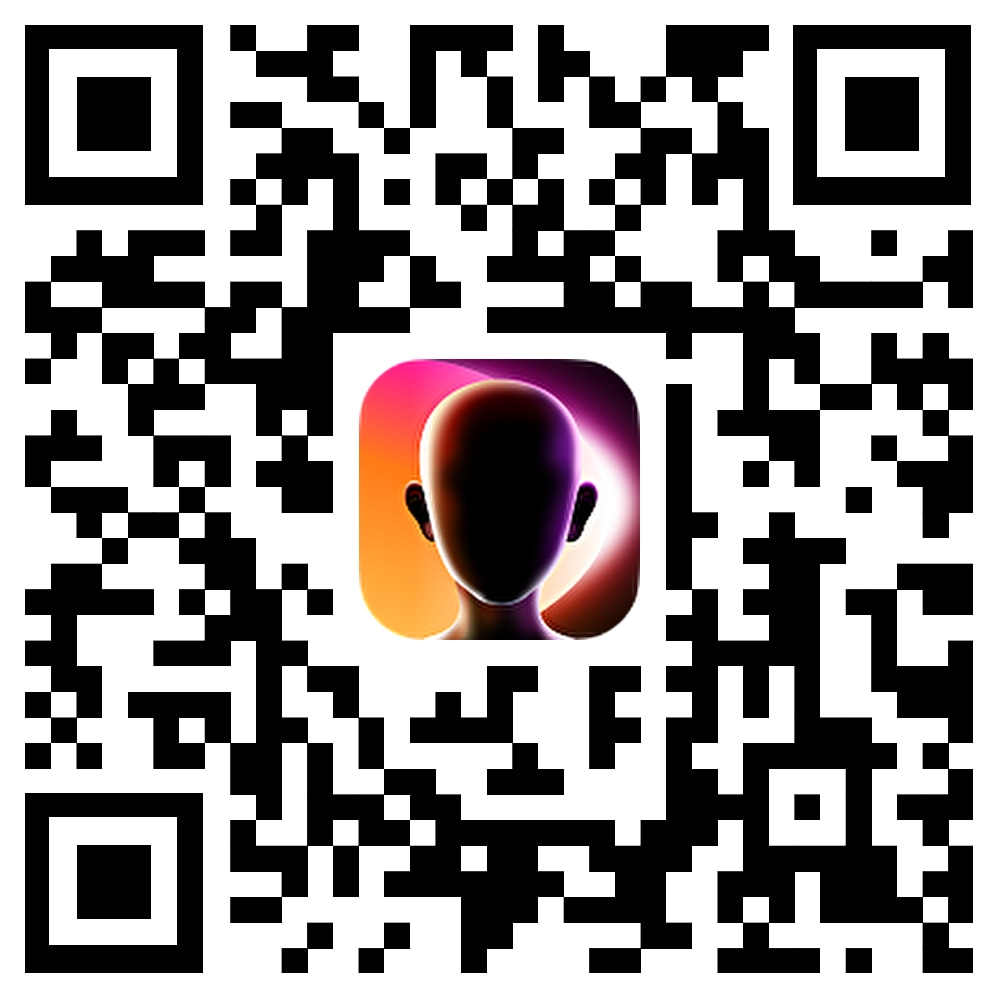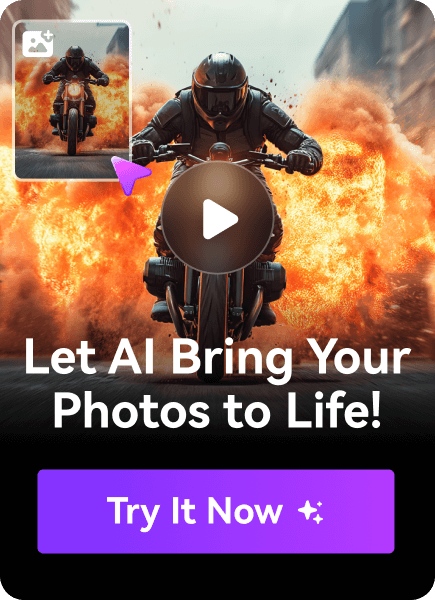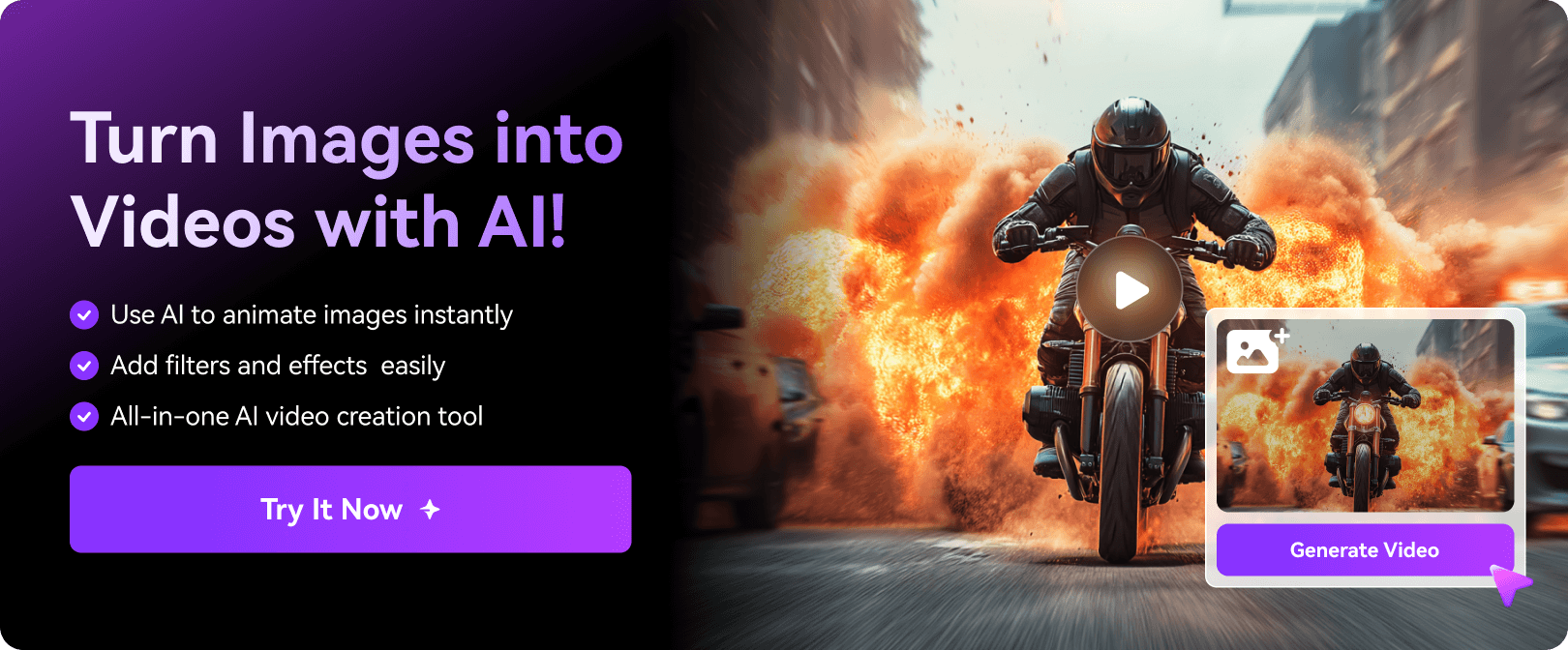Influencer marketing has become one of the most impactful strategies for brands to drive engagement, build trust, and connect with niche audiences. From high-profile collaborations to user-generated content, successful influencer marketing campaigns demonstrate how powerful partnerships can propel brands to new heights. This guide explores examples of influencer marketing, draws strategic insights, and highlights tools like Virbo to help you create your own great influencer campaigns.
In this article
-
Why Influencer Marketing Works
- Top 10 Successful Influencer Marketing Campaigns
- Key Strategies for Effective Influencer Marketing Campaigns
- How Virbo Can Enhance Influencer Marketing Content
-
Conclusion
Part 1. Why Influencer Marketing Works
Influencer campaigns work because they tap into existing communities built on trust. Influencers are experts at creating relatable, authentic content that resonates with their followers. This trust translates to enhanced credibility for brands. Whether it’s a high-profile partnership or collaboration with a micro-influencer, the ability to engage a niche audience is unparalleled.
Key benefits include:
- Trust and authenticity: Influencers share personal experiences with products, creating authentic endorsements.
- Reach to niche audiences: Brands can connect with specific demographics effectively through influencers.
- Engagement: Influencers spark genuine conversations, driving higher interaction rates.
- Increased conversion rates: Influencers can drive immediate action, with followers more likely to make purchases based on their recommendations.
- Cost-effectiveness: Micro-influencers, in particular, often provide high ROI by delivering significant impact at a lower cost than traditional advertising.
- Content creation: Influencers generate high-quality, creative content that brands can repurpose across other marketing channels.
Part 2. Top 10 Successful Influencer Marketing Campaigns
1. Daniel Wellington's Ambassador Program
Daniel Wellington revolutionized influencer marketing with its ambassador program, leveraging the power of micro-influencers to build a relatable and aspirational brand identity. Instead of focusing on high-profile celebrities, the brand collaborated with everyday social media users who had smaller but highly engaged followings.
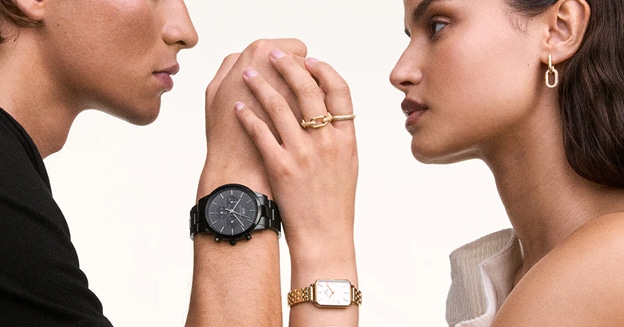
Approach:
The campaign encouraged micro-influencers to wear and promote Daniel Wellington watches in their daily lives, often featuring them in stylish, relatable lifestyle photos. Influencers were provided with unique discount codes to share with their followers, creating a personalized shopping experience.
Key Strategy:
- User-Generated Content (UGC): By asking influencers to create their own content, the campaign felt more genuine and relatable.
- Cost-Effective Scaling: Working with micro-influencers allowed the brand to run a high-volume campaign across various niches without the hefty costs of celebrity endorsements.
- Engagement Through Exclusivity: The use of discount codes created a sense of urgency and exclusivity, driving followers to act quickly.
Result:
- Social media growth
- Increased brand exposure
- Boost in sales
2. Nike’s Collaboration with Cristiano Ronaldo
Nike’s long-standing partnership with Cristiano Ronaldo exemplifies the power of high-profile endorsements combined with compelling storytelling. As one of the most recognizable athletes in the world, Ronaldo’s global appeal perfectly aligns with Nike’s branding as a leader in sports performance and innovation.

Approach:
Nike collaborated with Ronaldo on a series of campaigns that showcased his journey, discipline, and passion for excellence. The campaigns included visually stunning commercials, personalized product lines like the CR7 Mercurial boots, and interactive social media content featuring Ronaldo’s personal insights.
Key Strategy:
- Storytelling for Emotional Connection: Nike crafted narratives around Ronaldo’s dedication to becoming the best, inspiring millions of fans worldwide.
- Global Reach Through Star Power: By aligning with an athlete of Ronaldo’s caliber, Nike tapped into a massive international audience spanning Europe, Asia, and the Americas.
- Integrated Marketing: The campaigns leveraged multiple platforms, from TV ads to social media posts, ensuring maximum exposure.
Result:
- Boosted brand loyalty
- Increased engagement
- Sales growth
3. Glossier’s Community-Driven Influencer Campaign
Glossier revolutionized influencer marketing by turning everyday customers into brand ambassadors. This community-driven influencer campaign blurred the lines between traditional influencers and loyal customers, creating a sense of authenticity and relatability.

Approach:
Glossier invited regular customers, often without large social media followings, to become part of their ambassador program. These individuals shared their genuine experiences with Glossier products through personal reviews, selfies, and testimonials on social media. The brand encouraged users to tag Glossier in their posts, creating a grassroots movement of user-generated content.
Key Strategy:
- Authentic Promotion: By empowering real customers to act as influencers, Glossier built a network of brand advocates who authentically promoted their products.
- Relatability Over Celebrity: The campaign focused on everyday users who connected with niche audiences, emphasizing trust and personal recommendations over traditional endorsements.
- Social Media Engagement: The ambassadors’ content consistently included product highlights, makeup tutorials, and skincare routines, fostering a sense of community among followers.
Result:
- High engagement rates
- Organic growth
- Cost-effective marketing
4. Fiji Water and ‘The Fiji Girl’ at the Golden Globes
Fiji Water capitalized on an unplanned viral moment during the Golden Globes, turning it into a textbook example of how influencer campaigns can emerge from strategic placements and quick thinking.
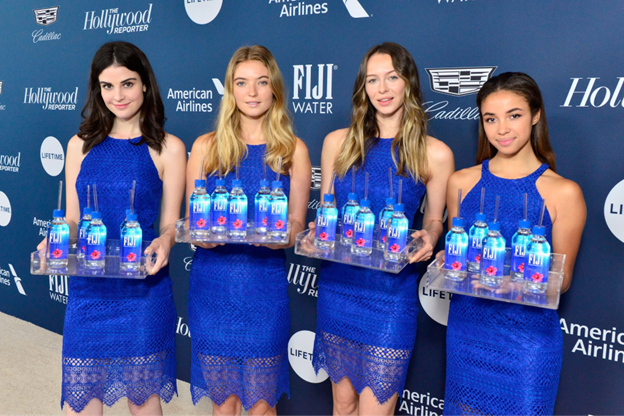
Approach:
During the Golden Globes, a Fiji Water model (later dubbed "The Fiji Girl") photobombed celebrities on the red carpet while holding a tray of Fiji Water bottles. The brand's placement was subtle yet highly visible, ensuring their product was captured in nearly every major red-carpet photo. The humorous and unexpected nature of the appearances quickly caught the attention of social media.
Key Strategy:
- Subtle Product Placement: Instead of overt advertising, Fiji Water let their product and branding shine through understated yet deliberate positioning.
- Leveraging Media Attention: Once "The Fiji Girl" went viral, Fiji Water amplified the moment by engaging with social media users and creating additional marketing content to sustain interest.
- Humor and Relatability: The brand leaned into the playful nature of the viral moment, endearing themselves to a wide audience.
Result:
- Tremendous brand visibility
- Cultural impact
- Cost-effective publicity
5. Adidas and Ninja Partnership
Adidas broke traditional marketing molds by partnering with Ninja, one of the most popular gaming influencers globally, to target a younger, digitally savvy audience. This collaboration demonstrated how influencer marketing campaigns can thrive by engaging with non-traditional influencer categories.
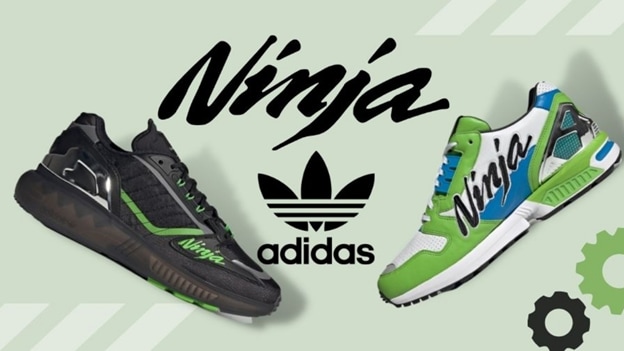
Approach:
Adidas collaborated with Ninja to release a custom line of sneakers, blending sportswear with gaming culture. The partnership capitalized on Ninja’s massive following across platforms like Twitch, YouTube, and social media, effectively reaching a demographic that valued both gaming and lifestyle fashion.
Key Strategy:
- Non-Traditional Influencers: Adidas entered the gaming space, a non-traditional market for sports brands, recognizing its untapped potential.
- Collaborative Product Launch: The partnership included a signature product line, which provided a tangible connection between the brand and Ninja’s followers.
- Digital-First Promotion: Adidas leveraged Ninja’s platforms to create buzz, ensuring the campaign reached an audience already engaged with his content.
Result:
- Expanded reach
- High engagement rates
- Brand evolution
6. L’Oreal’s Beauty Squad
L’Oréal’s Beauty Squad campaign strategically partnered with popular beauty YouTubers and Instagram influencers to promote its products. This initiative focused on aligning with the latest beauty trends while leveraging the personal connection influencers have with their followers.
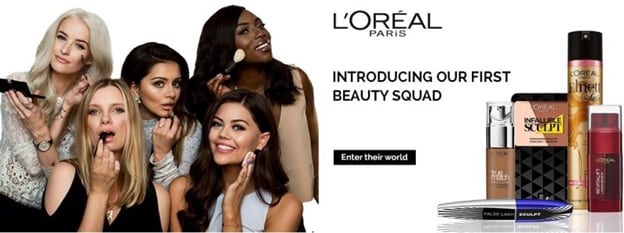
Approach:
L’Oréal enlisted a team of influential beauty creators, such as bloggers and makeup artists, to showcase its products in authentic, relatable ways. These influencers created tutorials, reviews, and "get ready with me" videos, demonstrating the products’ effectiveness and versatility.
Key Strategy:
- Trend Alignment: L’Oréal capitalized on emerging beauty trends, ensuring that content felt current and appealing to the audience.
- Influencer Diversity: The campaign featured influencers of various backgrounds, providing representation and inclusivity to resonate with a broader demographic.
- Multi-Platform Engagement: Content was shared across YouTube, Instagram, and other social platforms, maximizing reach and engagement.
Result:
- Increased product sales
- Higher YouTube viewership
- Enhanced brand loyalty
7. Revolve’s #RevolveAroundtheWorld Campaign
Revolve’s #RevolveAroundtheWorld campaign epitomizes the intersection of travel, fashion, and influencer marketing. By inviting top influencers to exclusive events and luxury trips, Revolve effectively showcased its brand as aspirational and stylish.
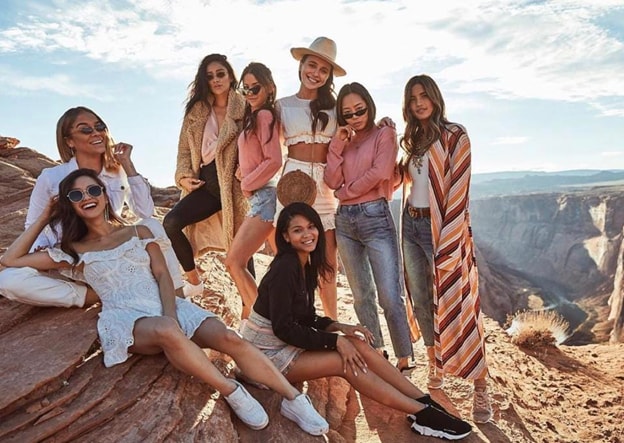
Approach:
Revolve organized glamorous trips to exotic destinations, such as Ibiza and the Maldives, inviting high-profile influencers to showcase the brand’s clothing. The influencers created visually stunning content featuring Revolve outfits, sharing their experiences on Instagram, YouTube, and TikTok.
Key Strategy:
- Aspirational Content Creation: The campaign focused on influencers living lavish, dreamlike lifestyles, with Revolve products seamlessly integrated into the narrative.
- Event Exclusivity: The exclusivity of these trips heightened curiosity and engagement from followers.
- Multi-Platform Reach: Influencers shared photos, videos, and stories across various platforms, ensuring widespread visibility.
Result:
- Strengthened brand image
- Increased follower engagement
- Boosted sales
8. Starbucks' Collaboration with Lifestyle Bloggers
Starbucks leveraged its seasonal products by collaborating with lifestyle bloggers to craft visually stunning and engaging campaigns, amplifying its presence on social media during key moments like fall and winter.
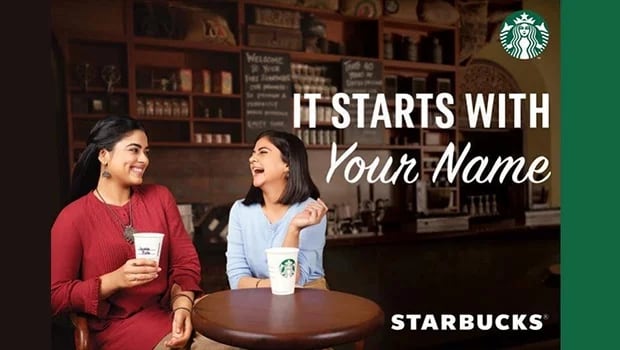
Approach:
Starbucks partnered with popular lifestyle influencers to showcase seasonal favorites, such as the Pumpkin Spice Latte or holiday-themed beverages. These influencers shared aesthetically pleasing content featuring Starbucks products in cozy, relatable settings, often tying the beverages to seasonal rituals or personal stories.
Key Strategy:
- Visual Storytelling: Influencers used photogenic backdrops, vibrant colors, and well-curated setups to highlight the seasonal appeal of Starbucks products.
- Seasonal Relevance: The campaigns capitalized on the popularity of fall and winter traditions, making the content highly shareable and relatable.
- Targeted Audiences: Starbucks collaborated with influencers who had a strong connection to their local and niche communities, ensuring authentic promotion.
Result:
- Boosted seasonal product sales
- Enhanced social media traction
- Stronger brand connection
9. H&M’s Partnership with Fashion Influencers
H&M collaborated with renowned fashion influencers to co-create capsule collections, blending their expertise with the brand's global appeal. This partnership resulted in a highly effective campaign that captured the attention of younger, style-conscious audiences.
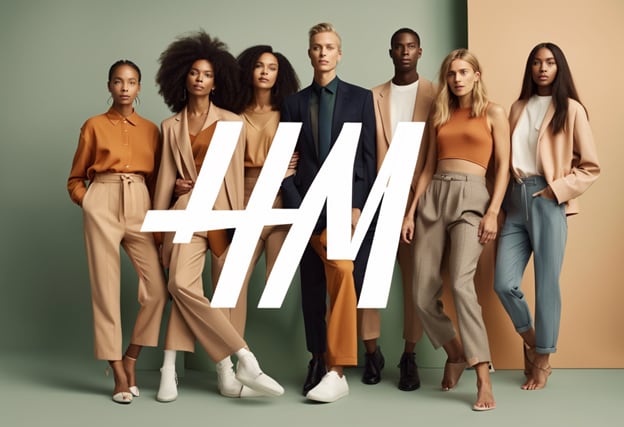
Approach:
H&M teamed up with prominent fashion icons and influencers to design limited-edition capsule collections. These collections were promoted by the influencers themselves, who shared exclusive behind-the-scenes content, outfit inspirations, and personal styling tips.
Key Strategy:
- Collaborative Content Creation: Influencers actively participated in the design process, ensuring the collections resonated with their audience while staying aligned with H&M’s brand image.
- Style-Focused Marketing: The campaign highlighted the versatility and trendiness of the pieces through influencer-led photoshoots and videos.
- Targeting Younger Audiences: By leveraging the influencers’ reach, H&M engaged Gen Z and Millennials who value both individuality and trendy, affordable fashion.
Result:
- Increased brand relevance
- Sales boost
- Enhanced social media engagement
10. Chipotle’s TikTok Challenge
Chipotle capitalized on TikTok’s dynamic platform by launching a viral challenge in collaboration with popular influencer David Dobrik. The campaign leveraged TikTok's interactive nature to engage users and boost brand visibility.
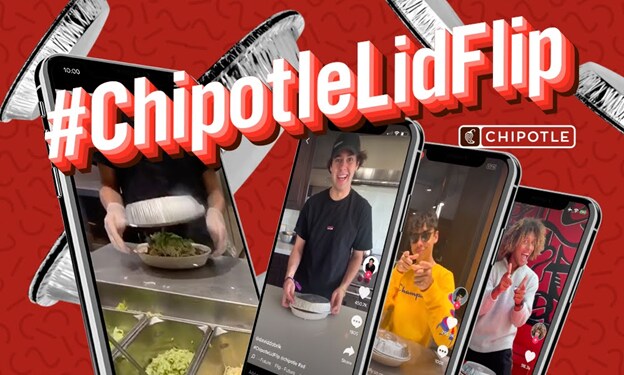
Approach:
David Dobrik, a well-known TikTok personality, partnered with Chipotle to introduce a challenge that encouraged users to create and share videos of themselves flipping Chipotle burrito lids. The hashtag #ChipotleLidFlip quickly gained traction, inviting followers to showcase their creative spins on the challenge.
Key Strategy:
- Interactive Engagement: By using a simple, fun concept, Chipotle made it easy for users to participate and spread the word.
- Influencer Power: Dobrik’s massive following helped kickstart the campaign, giving it instant visibility among TikTok’s younger demographic.
- Hashtag Visibility: The challenge hashtag not only unified the campaign but also made it discoverable, further encouraging participation.
Result:
- High participation rates
- Increased brand mentions
- Younger audience connection
Part 3. Key Strategies for Effective Influencer Marketing Campaigns
- Choose the Right Influencer: Align with influencers whose audience matches your target demographic.
- Set Clear Objectives: Define goals, whether it’s for brand awareness, engagement, or direct sales.
- Create Authentic Content: Allow creative freedom to ensure the content feels genuine.
- Use a Multi-Channel Approach: Diversify platforms like Instagram, YouTube, and TikTok for maximum reach.
- Track and Measure Performance: Regularly analyze engagement metrics and ROI for continuous improvement.
Part 4. How Virbo Can Enhance Influencer Marketing Content
Virbo’s custom virtual human feature is a groundbreaking tool that takes influencer marketing to the next level. By enabling 1:1 cloning of a person’s appearance and voice, Virbo allows brands to create virtual influencers that deliver consistency, uniqueness, and scalability in marketing campaigns. Here’s how Virbo can revolutionize your influencer marketing strategy:
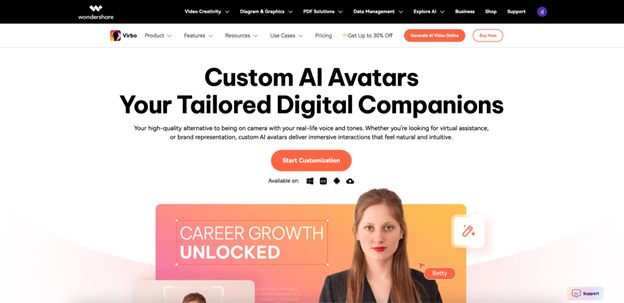
Start Online For Free
- 1:1 Cloning for Virtual Influencers: With Virbo’s custom AI avatars, brands can digitally replicate a spokesperson’s face and voice. This ensures that the influencer’s image remains authentic and consistent across all content, eliminating the risk of misrepresentation or overexposure.
- Exclusive and Consistent Brand Representation: The ability to control the virtual influencer's interactions ensures exclusivity, safeguarding your brand’s identity. These virtual ambassadors can maintain a consistent presence across platforms, providing reliability in long-term campaigns.
- Scalable Content Creation: Virbo enables the creation of marketing videos quickly and efficiently. Whether it’s for product launches, tutorials, or promotional content, the custom avatars save time and resources by producing high-quality videos without needing the physical presence of the influencer.
- Enhanced Engagement with a Modern Edge: By leveraging virtual influencers, brands can stand out in crowded digital spaces. The cutting-edge technology appeals to tech-savvy audiences and positions your brand as innovative and forward-thinking.
Ideal for Multiple Use Cases
- Brand Promotions: Deliver polished, professional videos with a virtual influencer as the face of your campaign.
- Product Tutorials: Use the custom avatar to provide engaging and informative product demonstrations.
- Global Marketing: Easily localize content by creating avatars that speak multiple languages, helping to connect with diverse audiences.
Why Virbo Is the Future of Influencer Marketing
With its ability to blend technology and creativity, Virbo empowers brands to elevate their marketing efforts. The result is a cost-effective, scalable, and innovative solution that aligns with modern consumer expectations. Integrating a virtual influencer into your campaigns ensures that your brand message remains impactful, consistent, and aligned with your vision.
Conclusion
Studying successful influencer marketing campaigns offers valuable insights into strategies that build trust, drive engagement, and achieve impactful results. From relatable content by micro-influencers to viral moments and cross-platform collaborations, these examples demonstrate the power of aligning brand goals with influencer creativity.
Tools like Virbo elevate campaigns by simplifying video creation, ensuring brand consistency, and enabling influencers to deliver engaging, visually compelling content. By incorporating these lessons and leveraging tools like Virbo, businesses can craft campaigns that resonate with their target audience and achieve measurable success.
Take inspiration from these examples, integrate dynamic content, and unlock the full potential of your influencer marketing efforts.
